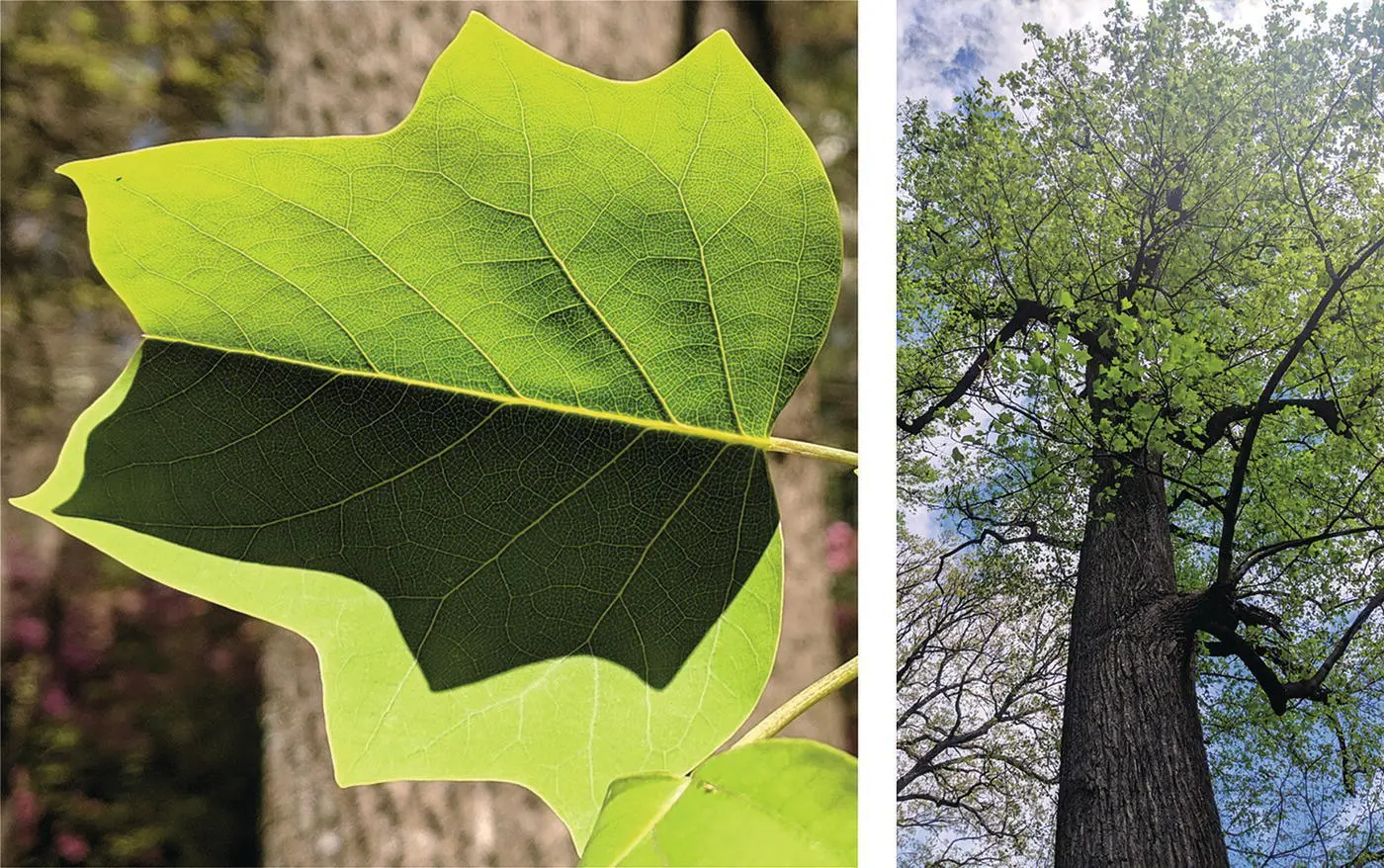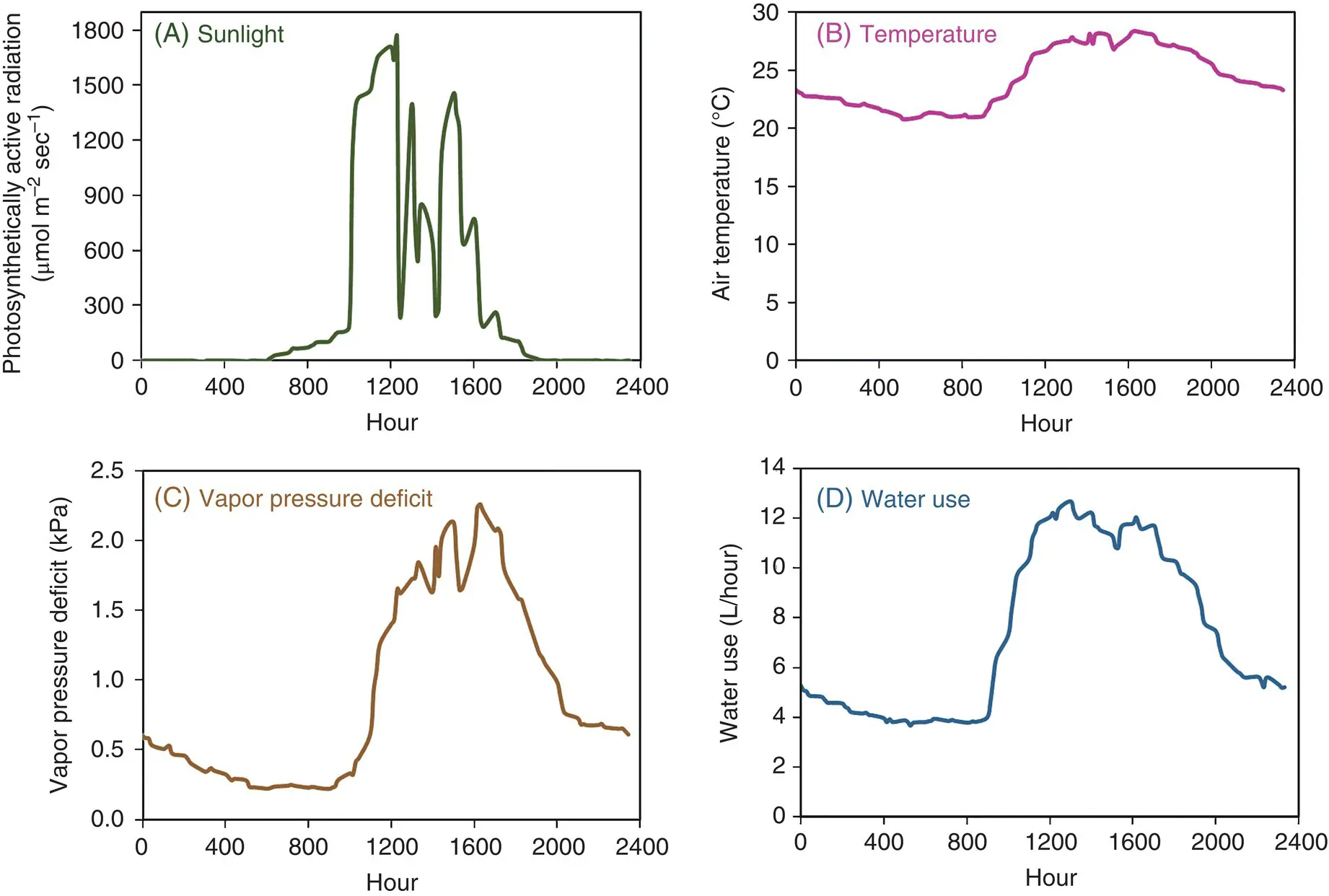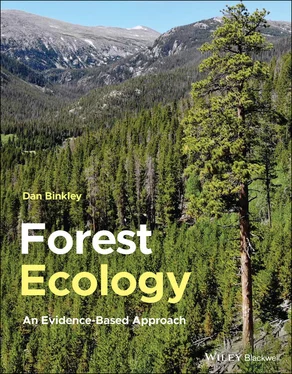Dan Binkley - Forest Ecology
Здесь есть возможность читать онлайн «Dan Binkley - Forest Ecology» — ознакомительный отрывок электронной книги совершенно бесплатно, а после прочтения отрывка купить полную версию. В некоторых случаях можно слушать аудио, скачать через торрент в формате fb2 и присутствует краткое содержание. Жанр: unrecognised, на английском языке. Описание произведения, (предисловие) а так же отзывы посетителей доступны на портале библиотеки ЛибКат.
- Название:Forest Ecology
- Автор:
- Жанр:
- Год:неизвестен
- ISBN:нет данных
- Рейтинг книги:5 / 5. Голосов: 1
-
Избранное:Добавить в избранное
- Отзывы:
-
Ваша оценка:
- 100
- 1
- 2
- 3
- 4
- 5
Forest Ecology: краткое содержание, описание и аннотация
Предлагаем к чтению аннотацию, описание, краткое содержание или предисловие (зависит от того, что написал сам автор книги «Forest Ecology»). Если вы не нашли необходимую информацию о книге — напишите в комментариях, мы постараемся отыскать её.
Forest Ecology
An Evidence-Based Approach Forest Ecology: An Evidence-Based Approach
Forest Ecology: An Evidence-Based Approach
Forest Ecology — читать онлайн ознакомительный отрывок
Ниже представлен текст книги, разбитый по страницам. Система сохранения места последней прочитанной страницы, позволяет с удобством читать онлайн бесплатно книгу «Forest Ecology», без необходимости каждый раз заново искать на чём Вы остановились. Поставьте закладку, и сможете в любой момент перейти на страницу, на которой закончили чтение.
Интервал:
Закладка:
The crown carries about 75 000 leaves, with a total mass of about 25 kg (not counting the water). This is enough leaves to provide more than four distinct layers of leaves above the ground area below by the tree crown. The multiple layers of leaves are displayed to capture 90% of the incoming sunlight. A sunny afternoon might have 1000 W of sunlight reaching each m 2of ground area.
Many Processes Occur in a Tree Every Hour
Over the course of an hour, the tree leaves would intercept about 140 MJ of sunlight, and about half of the light arrives at wavelengths that can be used in photosynthesis. Perhaps 10–15% of the light reaching leaves reflects back into the environment, with no effect on the leaves. About one‐third to one‐half is converted to heat, warming the leaves, which then lose heat to the surrounding air (especially if the wind is blowing). Most of the rest of the intercepted energy is consumed as water evaporates from moist leaf interiors into the dry air, also cooling the leaves.

FIGURE 1.1 The Tree. This tulip poplar is a typical tree for temperate forests. The tree may live for a few centuries, integrating daily, seasonal, and yearly fluctuations in environmental conditions to turn carbon dioxide and water into wood (and thousands of types of chemicals).
A few percent of the radiant energy hitting leaves is harnessed to drive photosynthesis, producing about 30 g of sugar in this tulip poplar in an hour. The carbon contained in the newly formed sugar enters the leaves as carbon dioxide (CO 2) during the same hour as the light interception. Small, adjustable openings (stomata) in the underside of the leaves allow CO 2to diffuse into the interior of the leaves as photosynthesis depletes the concentration of CO 2inside leaf cells. The rate of diffusion from the air into the leaf depends on the difference in concentration between CO 2in the atmosphere and inside the leaf. The air has about six times the concentration of CO 2that would be found inside photosynthesizing leaves, providing a steep gradient for the movement into the leaves. The remarkable biochemical processes in the leaves depend on the presence of more than a dozen elements in the tree, including 500 g of nitrogen (N) and 50 g of phosphorus (P). The bulk of these nutrients were taken up from the soil earlier in the season, but a sizable portion came from reserves that were recycled from last year's leaves and stored over winter in the wood.
The 30 g of sugar produced during an hour would be associated with a release of about 30 g of oxygen (O 2), as oxygen is released when water is split as part of photosynthesis. It may seem that this oxygen could be an important source of oxygen for the atmosphere, but it isn't. As with all accounting in ecology, half a picture might lead to the wrong conclusion. The sugar produced by the tree may be “respired” fairly soon to support the growth of new cells or to maintain old cells, and oxygen is consumed (reforming water) in this reaction. Some of the sugar ends up in longer‐lived cells, but even these tend to be oxidized back to CO 2over years or centuries. Unless the carbon content of a forest increases across generations of trees, the generation of oxygen in photosynthesis is matched by consumption during respiration and decomposition, leaving no extra oxygen in the atmosphere.
Some of the sugar produced by photosynthesis is consumed within the leaf to produce and support the metabolic needs of cells in the leaf. More than three‐quarters of the sugar is loaded into the phloem and sent to flowers, twigs, branches, stems, roots and symbiotic root fungi (mycorrhizae).
Exposing the moist interiors of leaves to the dry air allows for uptake of CO 2, but also allows water to be pulled into the dry air. The production of one molecule of sugar entails an unavoidable loss of hundreds of molecules of water. The production of 30 g of sugar in an hour would be accompanied by a far greater loss of water, perhaps 10 liters (10 kg) of water. The water transpired by the leaves during an hour of photosynthesis would have been found lurking in the soil a day earlier, and may have been in the atmosphere a day or a week before.
The tree has tremendous surface area developed within the soil to facilitate uptake of water and nutrients. The surface area of fine roots may be in the order of 100 times the surface area of leaves in the crown, and the surface area of mycorrhizal fungi that colonize roots contribute more than 10 times the surface area of roots. This vast surface area of absorbing roots and fungal mycelia collects water (and nutrients) that move up through the sapwood of the tree. The sapwood is comprised of xylem vessels, each measuring about 0.1 mm in diameter by 1 mm in length. The water passes through more than 1000 vessels for every meter of tree height, taking half a day or a day to move from all the way from roots to leaves.
Lifting water from the soil to the crown requires energy to overcome gravity, about 300 J for 10 liters. This is a tiny amount of energy compared to energy consumed as liquid water in leaves becomes water vapor in the atmosphere (about 2400 kJ for each liter, or 24 MJ for 10 liters). All the energy consumption and dissipation by the tree crown result in a deep shade beneath the tree. The air temperature in the shade may be a degree or two cooler than the air above the crown, but the shade will feel much cooler to a person sitting under the tree because of the greatly reduced energy load from the incoming sunlight.
Tree Physiology Follows Daily Cycles
Over the course of a day, the tulip poplar responds to the changing environment through a daily cycle just as strongly as an animal would. The uptake of CO 2(and loss of water) begins as the sky brightens across the hillside in the morning, increasing as the intensity of sunlight increases ( Figure 1.2). Rates may be highest near noon, decreasing if clouds develop, or if the air becomes so dry that the tree tightens the stomata to avoid losing too much water. Increasing temperatures in the afternoon drive up the capacity of air to hold water, resulting in a climb in the vapor pressure deficit. This deficit is a key force driving the water use by the tree. The tulip poplar would produce about 250 g of sugar on a sunny summer day (more than the average mentioned above for all days of the growing season), when the soil was moist, and transpiration could total 70 liters of water.
Not all processes in the tree shut down when the sun sets. Chemical reactions inside cells continue to renew thousands of biochemicals, generating and expanding new cells, and actively absorbing nutrient ions (such as nitrate and phosphate) from the soil. All of these processes require energy, most of which is supplied directly or indirectly from the sugars formed by photosynthesis. The oxidation of the sugar leads to substantial release of CO 2from the tree; this “respiration” in all the tissues of a tree may equal half of the total photosynthesis that occurs on a sunny day.

FIGURE 1.2 The daily pattern of incoming sunlight (A) reflects the geometry of the Earth's tilt, the aspect and slope of a hillside, and the passing of clouds through the day. Temperature patterns (B) are driven in part by incoming sunlight, moderated by winds and evaporation of water (which cools the air). The combination of temperature patterns determines the capacity of air to hold water, and the vapor pressure deficit (C) tracks the difference between the current humidity of the air and the saturation point of the air. All these factors influence the rate of water use by the tulip poplar (D), though the connection to vapor pressure deficit is the most direct.
Читать дальшеИнтервал:
Закладка:
Похожие книги на «Forest Ecology»
Представляем Вашему вниманию похожие книги на «Forest Ecology» списком для выбора. Мы отобрали схожую по названию и смыслу литературу в надежде предоставить читателям больше вариантов отыскать новые, интересные, ещё непрочитанные произведения.
Обсуждение, отзывы о книге «Forest Ecology» и просто собственные мнения читателей. Оставьте ваши комментарии, напишите, что Вы думаете о произведении, его смысле или главных героях. Укажите что конкретно понравилось, а что нет, и почему Вы так считаете.












